Editor’s Note: This article is from the September/October issue of Vintner Magazine.
Quality control and quality analysis are essential pieces of the puzzle whether you’re creating a new product or maintaining the standards of a popular perennial release.
There are myriad questions to answer when preparing to critique your work and tackle the particular tasks involved with ensuring sustainable quality. For instance, who participates on your tasting panel? How do you conduct your tests? How do you apply the data you gather from your panel of taste testers? And, finally, what approach do you absolutely want to avoid?
Vintner Magazine spoke with people in positions of leadership at three wineries who gave us some insight into how they ensure quality from year to year.
Ben Papapietro, Winemaker, Papapietro Perry Winery
At Papapietro Perry Winery in Healdsburg, California, winemaker Ben Papapietro has assembled a three-person team that has worked closely together for 19 years.
His assistant winemaker Dave Low and cellarmaster Tyson Freeman work closely with him.
“Right after harvest, we conduct all of our panels and tests,” Papapietro said. “We taste all of the time, throughout the season, together write the tasting notes, and are always checking the wines.
“If there is a problem, we catch it right away. Even during fermentation, we punch the grapes down three times a day. We are very, very much on top of it. We have hardly had any problems, as it’s such a hands-on operation.
“We can control it, and are diligent by watching and participating. With larger winemaking operations, it can be difficult.
“But we make our wine in small lots. With a bin that holds three-quarters of a ton of juice, you can see what’s happening during fermentation. We do pretty much everything by hand, the way that we do it is pretty old school.”
Papapietro said their winemaking system involves keeping every clone from each vineyard, separate during the initial winemaking process. The components are kept separate until the Spring.
“For example, four clones are harvested from the Leras Family Vineyard in the Russian River Valley,” he explained. “We pick each block separately. We also keep records of all of the chemical analysis of each past harvest for comparison (and) of the blends from each harvest.” From there, they are then able to begin with the past successful blends and percentages. “Because we know the percentages and blends from the last harvest, maybe three barrels of this, and six of that, we start there, and keep adjusting until we think that the new vintage is as good or even better! One part might be a little less ripe, another lot may have better acidity, while another is a little bit riper. Using this very hands-on and intuitive method, we can blend for balance of alcohol, acidity and pH. I maintain very good control.
“I also listen to my team, and am fortunate that we have had the same team, sharing information, for all of these years together. We make the best choices that we can, and I have the final say.”
Papapietro was a home winemaker for nearly 19 years before co-founding the winery, and improved his craft without the presence of a lab.
“We laid out an idea of how we wanted to make Pinot Noir, and I always had that in my mind. I make wines to please myself,” he said. “If I don’t like it, we don’t sell it. We bulk it out. We take a lot of time, and use our experience. We don’t try to recreate it year after year. We established our method, and our style, and therefore, bring consistency to our wines.”
Ron Yates, Owner, Spicewood Vineyards
“Our tasting process for wines we make usually involves just me and both winemakers,” said Ron Yates, owner of Spicewood Vineyards. “We start with everyone tasting and smelling on their own for a few moments while writing down their thoughts. We then go back and each read our notes and talk about each wine — what we like and what we don’t.”
When conducting their taste tests, they line the wines up in order and all participants taste simultaneously.
“Once we have finished that, we all three go back to the first wine and read our notes to each other and then discuss what we liked and disliked about the wines,” Yates said. ”We talk about which techniques were used during the winemaking process and why those techniques worked or didn’t work. We try to take all of those ideas and thoughts into account and incorporate them when we start again next year.”
The panel keeps detailed notes from each vintage and reviews them when the grapes get closer to veraison.
“We then take our perceived growing conditions and compare them to similar years in the past,” Yates said. “We try to take our lessons learned from previous similar vintages and apply those lessons to the vintage at hand.”
Yates said he and the winemakers can be harsher critics than the customers, and they prefer to keep things in house during the early stages, waiting until later to expand their audience and seek more feedback.
“I learned early on that people will tell you what you want to hear and not necessarily how good or bad the wine actually is. That is why we try to keep everything in house at first and we try to be our own harshest critics.
“Once we have the wine somewhat figured out, I will start letting our employees and some customers whose palette I trust give us their feedback. We take everything into account and we have certainly made changes on some of our production’s wines based on feedback we have received from tasters.”
Yates said COVID-19 had not had much of an effect on his QA/QC process because so much of it is conducted in house
“We did taste separately on zoom calls back when COVID first hit, and I found it much tougher to analyze them when not face to face.”
Carl Money, Owner, Pontotoc Vineyard
At Pontotoc Vineyard in Fredericksburg, Texas, they harvest the different varietals they have and ferment them all separately, tasting them throughout the year and avoiding blending them until the end, owner Carl Money says.
When they’re ready to bottle, he and his wife, Frances Money, make an event out of it.
“Once we get them to the end, after aging and maybe a month before bottling, my wife, a chef, and I invite a few other chefs, the winemaker, sometimes a Sommelier, and people who have helped us along the way who are really into our wine,” Money said. “We don’t have a wine club, because we’re about inclusivity, not exclusivity, but we invite people who helped with harvest. “We roast a pig, we have some sangria, we meet out at the farm and we taste each wine individually. After that, we set a plan for what we think the blends are going to be.”
Specific percentages of each estate grape to include in each blend are determined by pure subjectivity.
“It’s all taste,” Money said. “It’s all what we think as we get through it. We do it in one weekend. We take all their notes — what they got on the nose, the palate, and color — and we assimilate these with our notes. And then me and my wife make the following decisions. Frances is our pastry chef, she has a great palate and she’s just really good at everything she does.”

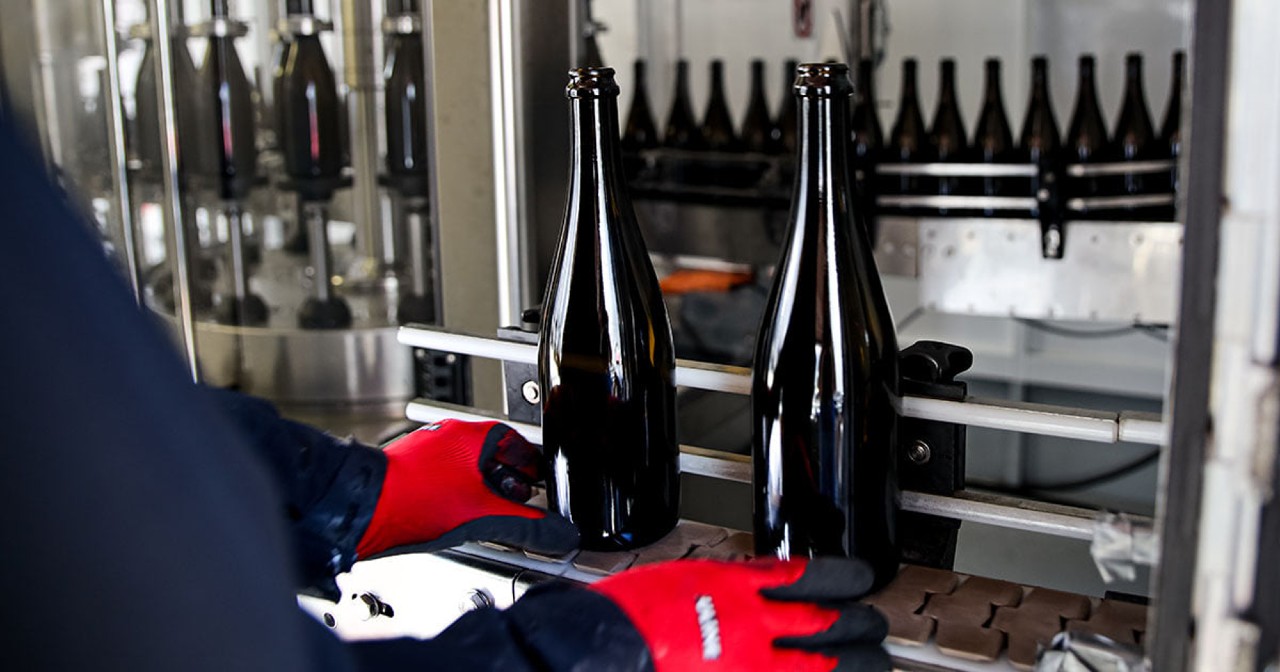
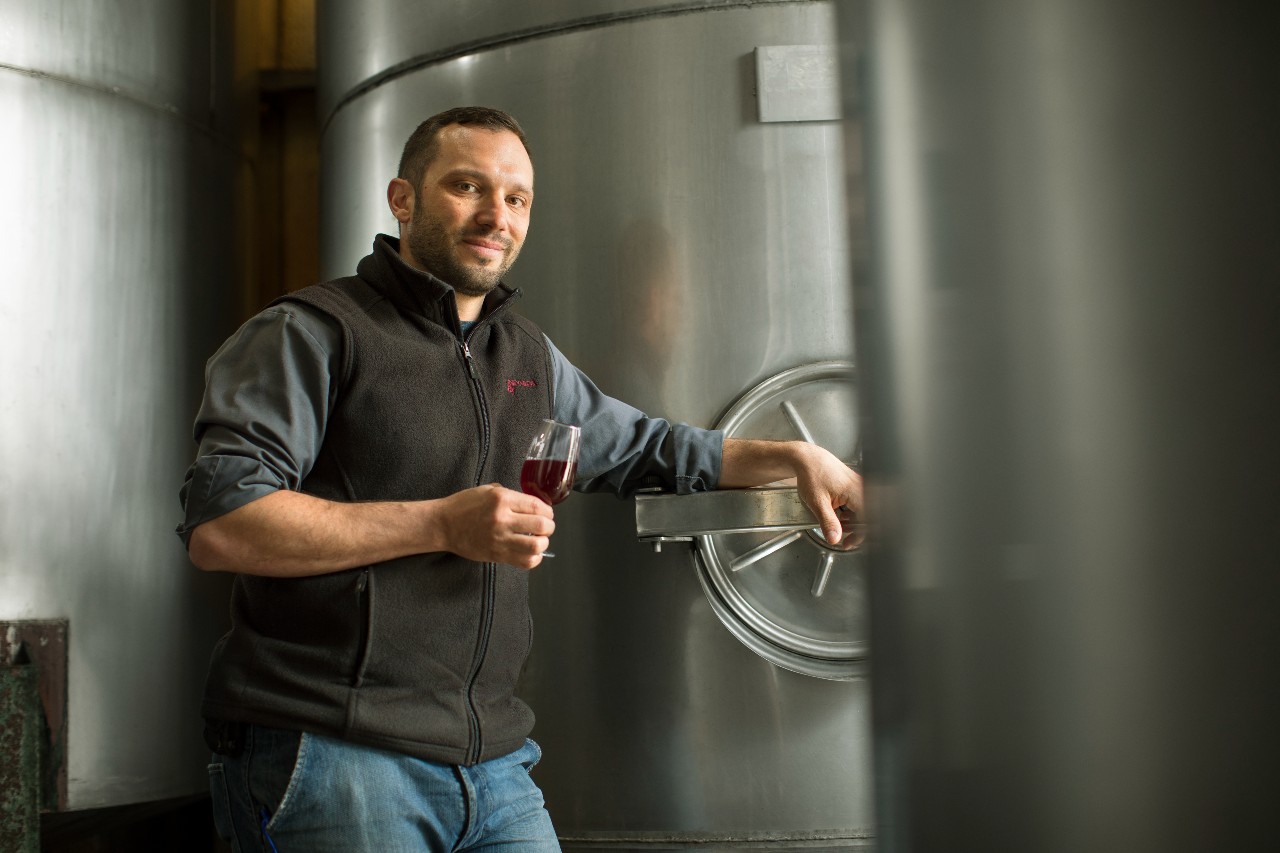
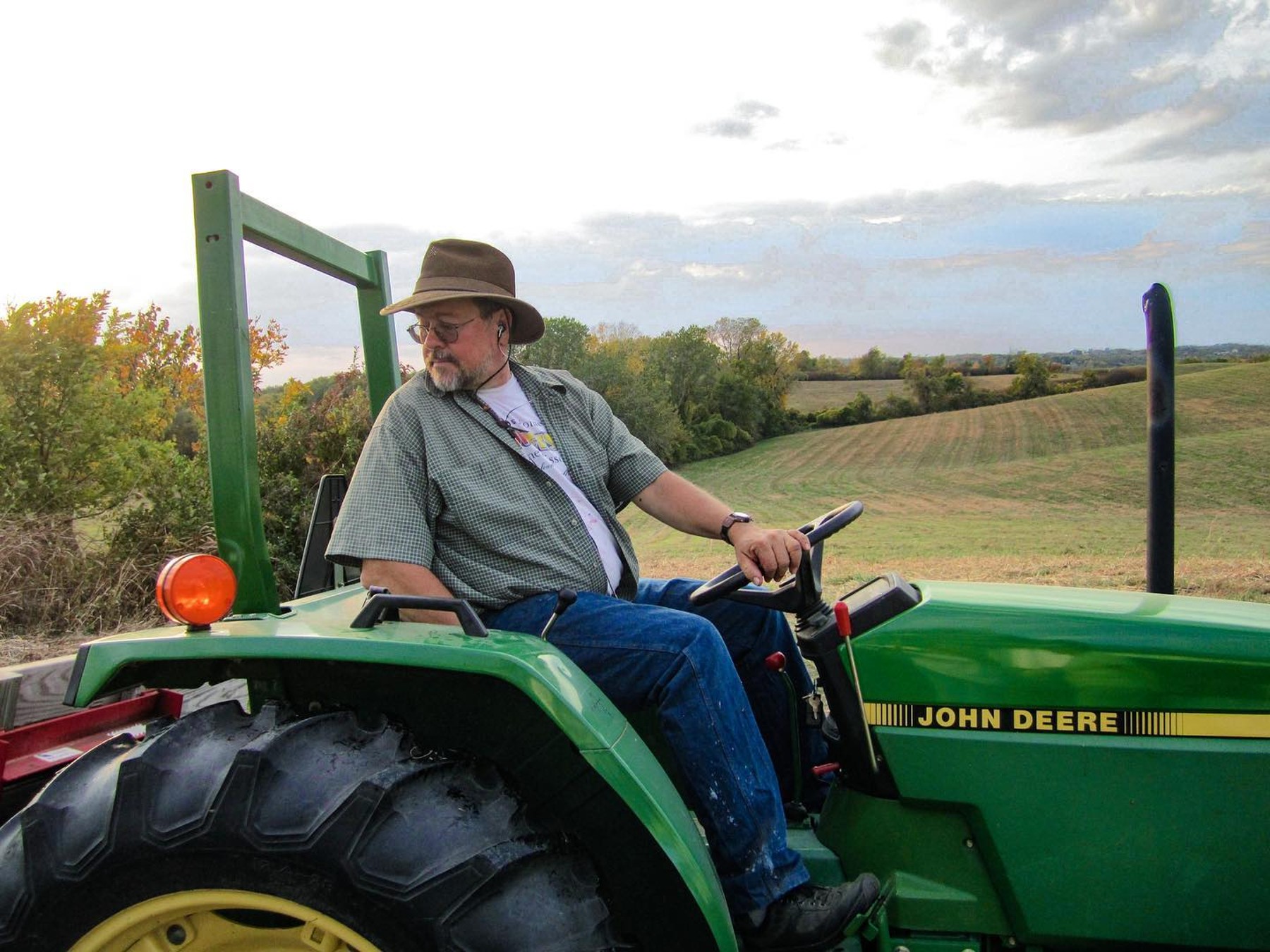
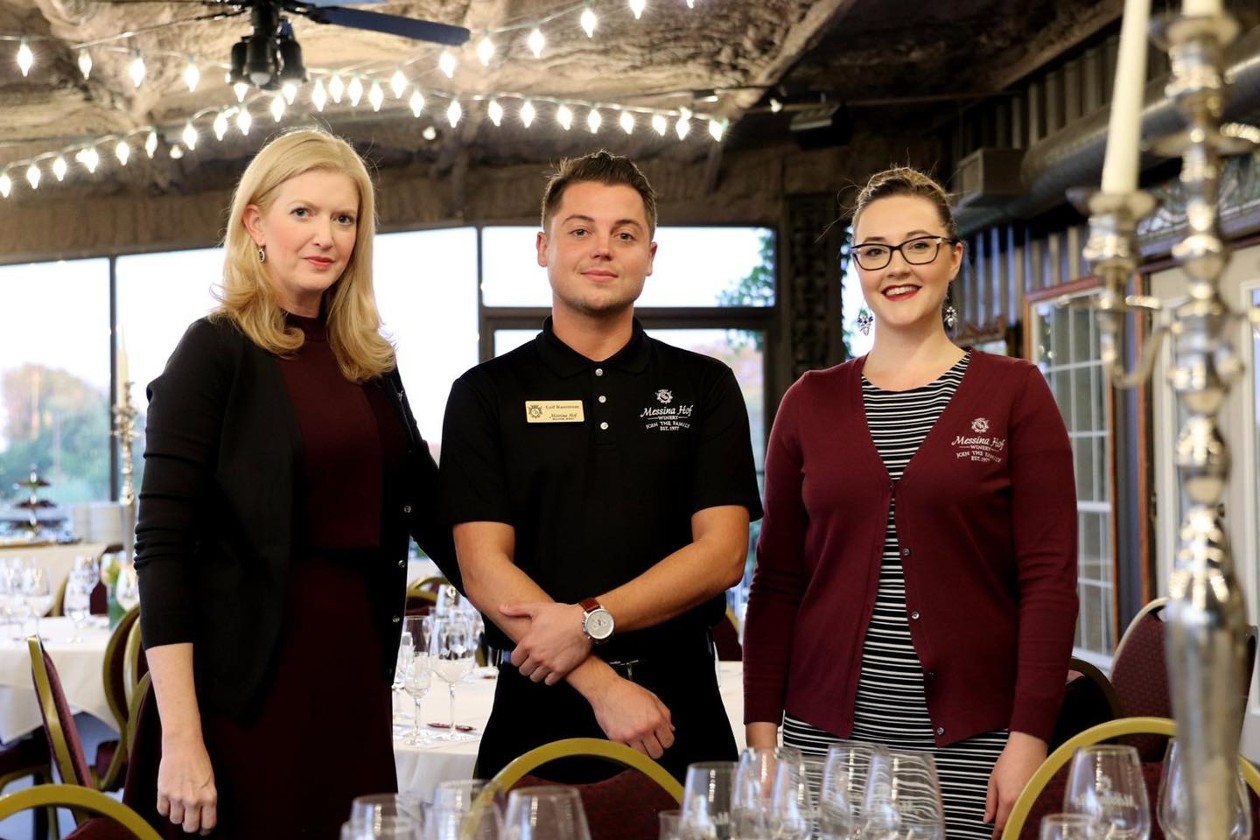
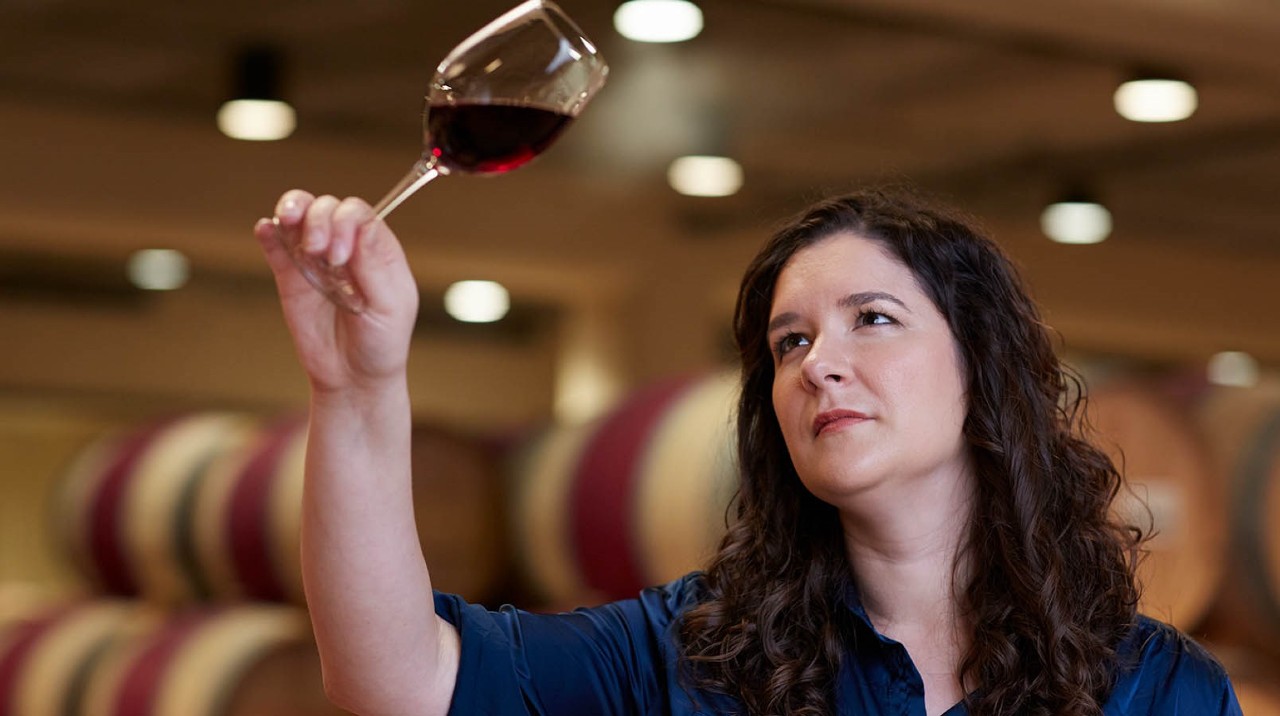

Be the first to comment